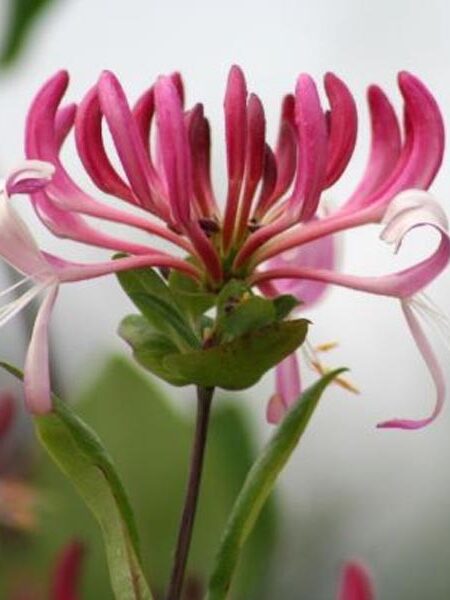A unique, cold-hardy, and nearly spineless nopal cactus, colloquially referred to as prickly pear. It’s still a good idea to handle these with care, as there are extremely small spines present that can be a minor skin irritant. Plants grow up to 6 feet tall, with branches bearing numerous oblong, bluish-green, 18″- long pads, known as nopales or nopalitos, that have long been a staple of Mexican, Central American, and Southwestern cuisine. Gardeners are rewarded with 4″ orange-yellow flowers at the tips of the pads, which will go on to bear fleshy, bottom-heavy reddish-purple fruit, or tuna, their taste often likened to watermelon. Hybridized in the early 1900s by Luther Burbank from South American seed. Extremely drought tolerant plants should be planted in full sun. Hardy to below 20°F.
Opuntia ellisiana ‘Thornless Prickly Pear’
Description
A unique, cold-hardy, and nearly spineless nopal cactus, colloquially referred to as prickly pear. It’s still a good idea to handle these with care, as there are extremely small spines present that can be a minor skin irritant. Plants grow up to 6 feet tall, with branches bearing numerous oblong, bluish-green, 18″- long pads, known as nopales or nopalitos, that have long been a staple of Mexican, Central American, and Southwestern cuisine. Gardeners are rewarded with 4″ orange-yellow flowers at the tips of the pads, which will go on to bear fleshy, bottom-heavy reddish-purple fruit, or tuna, their taste often likened to watermelon. Hybridized in the early 1900s by Luther Burbank from South American seed. Extremely drought tolerant plants should be planted in full sun. Hardy to below 20°F.





Reviews
There are no reviews yet.